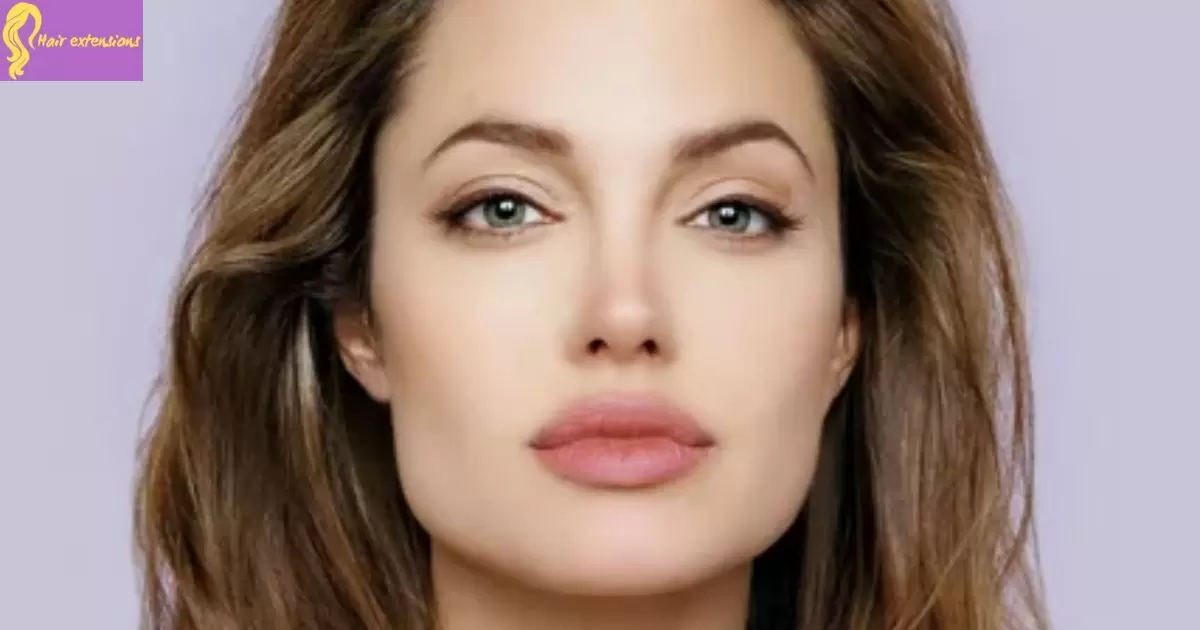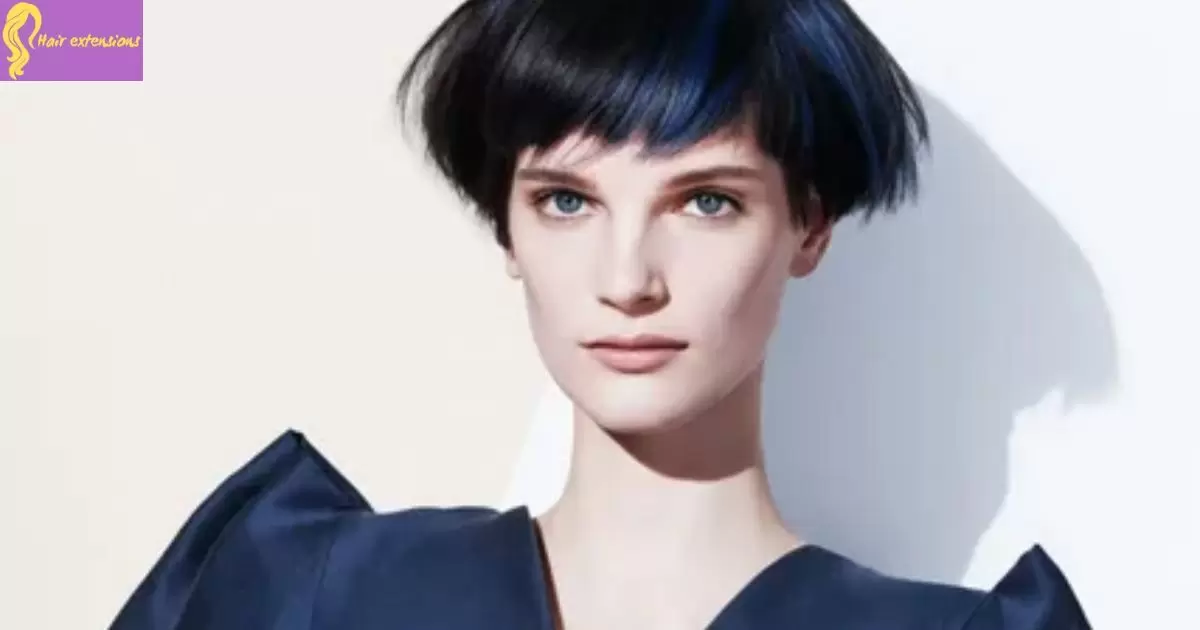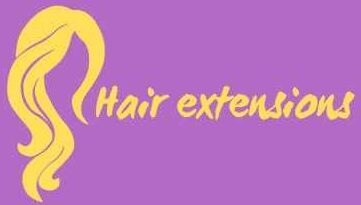Hair extensions are a popular way to add length and volume to your natural hair. They come in a variety of lengths, from shoulder length to extra long. Choosing the right length hair extensions can dramatically change your look. But with so many options, how do you know what length to get?
When deciding on hair extension length, there are a few key factors to consider. Your face shape, hair type, lifestyle, and personal style preferences all play a role. The right extensions can complement your features and enhance your look. The wrong length can seem awkward or unbalanced.
This article will examine the elements that go into choosing the ideal hair extension length. We’ll look at guidelines based on face shape, hair type, and other considerations. With the right information, you can select extensions that look gorgeous, natural, and perfectly suited to you. Read on for tips and advice to guide you in finding the perfect hair extension length.
Face Shape and Extension Length

One of the most important factors in choosing hair extension length is your face shape. The goal is to create balance and proportions that flatter you. Extensions that are too long or too short for your face can seem jarring. Follow these tips for picking lengths based on your face shape:
Oval Face Shape
If you have an oval face, you’re in luck – this versatile shape can pull off most lengths. From chin-length bobs to extra long extensions, there are many options. But hair that falls somewhere between the jawline and shoulders is most ideal for ovals.
These mid-length cuts nicely frame the face. Good choices include shoulder length layers, long bobs hitting near the collarbone, or extensions grazing one or two inches below the shoulders.
Round Face Shape

Those with full, round face shapes look best with longer extensions that slim the face. Hair falling below the shoulders or to the mid-back is ideal. Very long extensions that hit the waist or beyond also work well.
Short bobs or chin-length cuts tend to accentuate roundness, so steer clear of those. soft, face-framing layers around the jawline is a flattering way to add shape and structure.
Heart Shaped Face

A heart face shape has a wide forehead and cheekbones that taper to a narrow chin. To balance this, aim for extensions falling below the shoulder or even mid-back length. The length helps add shape and contour from top to bottom.
Chin-length bobs widen the jawline, so avoid those short cuts. Soft waves and layers can soften the jawline as well. Part hair slightly off-center to minimize a wide forehead.
Square Face Shape
To soften the strong jawline of a square face shape, styles with fullness and volume are best. This helps balance a broad forehead and wide jawline. Long, layered extensions falling to the mid-chest are ideal.
Curtain bangs and face-framing layers add softness around the face as well. Stay away from severe, blunt bobs or styles that fall just at the jaw, as these will accentuate squareness.
Long Face Shape

A long face shape has length with a narrower forehead and jawline. These faces look best with extensions falling below the shoulders, but above the bustline. Styles hitting at mid-chest are ideal for adding width and emphasizing the eyes and cheekbones.
Avoid chin-length bobs or pinned-up styles, as these make the face seem even longer. Add volume at the sides with waves or curls to add fullness.
Hair Type and Density

Just as face shape plays a role, so does your natural hair type and density. Fine, thin hair benefits from extensions with more volume and fullness. Thick, coarse hair may need lightweight extensions to avoid seeming too heavy. Take these factors into account:
Fine or Thin Hair
Those with fine or thin hair can achieve more body and fullness with the right extensions. Choose hair that is on the thicker side – 120 to 150 grams per set is ideal. Lengths that hit at the mid-back or waist help give fine hair more movement and dimension. Avoid overly long lengths, which may seem too heavy or overwhelm fine hair. Add texture with waves, curls, or loose crimps as well.
Thick or Coarse Hair

People with thick, coarse hair have the flexibility to choose from lengths. But beware going too long – waist-length or extra long extensions may seem like overkill with already substantial hair. The best lengths are typically between the collarbones and mid-back.
Low to medium density hair (100-130 grams) blends most naturally with coarse hair. Soft layers around the face also prevent thick hair from seeming too bulky.
Balding Areas
For those with thinning hair or balding spots, extensions can conceal and add coverage in the right lengths and placements. Focus on lengths between collarbone and shoulders – these will give the illusion of fullness without looking unrealistic.
Place bonded extensions strategically around thinning areas for the best results. Avoid lengths that are radically longer than your current hair, as the contrast may draw attention to thinning.
Lifestyle Factors and Maintenance

Your regular activities, job, and styling habits should also inform the length you choose. Be realistic about upkeep required. Active jobs or hobbies may benefit from shorter styles. Consider these lifestyle elements:
Active Jobs or Hobbies
For those with active jobs or hobbies like sports, longer extensions can become high-maintenance. Opt for lengths no further than the mid-back for easier wear. Anything waist-length or extra long requires greater care and styling efforts.
Ponytails and updos will also be easier to manage with moderate lengths. Voluminous textures like waves, curls, and flips are great for active lifestyles.
Formal Jobs or Events

More formal activities like professional jobs, galas, or weddings allow for extra long lengths if desired. Hair hitting the waist or hip area makes a dramatic entrance at formal events. But keep in mind, these lengths require diligent styling and maintenance. Use heating tools to refine the ends and prevent extensions from seeming unkempt. Sweeping updos also show off longer lengths in formal settings.
Low Maintenance Preferences
If you don’t want to spend a lot of time styling extensions, avoid extra long lengths. These require regular trims along with blowdrying and heat styling to manage. Shoulder length or moderately long extensions are lower maintenance.
Air drying and simple styling is easier. Make sure any lengths past the bustline are high quality and composed of 100% human hair for easy washing and wear.
Styling Habits

Think about how you typically style your hair, and pick lengths suited for your habits. If you regularly blowdry and use curling or flat irons, longer extensions work well. Those who air dry and prefer low heat styles should go for shorter to medium lengths.
They’ll hold up better to air drying and low-maintenance routines. But keep in mind, quality Weft Hair Extension can be heat styled and worn curly or straight regardless of length. The wefted rows make blending different textures and styling seamless, whether you want to mix straight and curly pieces or keep a uniform look throughout.
Personal Style and Preferences
| Style Preference | Recommended Length |
| Dramatic, Glamorous | Waist-length or longer |
| Natural, Blended | Shoulder to Mid-back |
| Versatile, Changeable | 14-18 inch Clip-ins |
Beyond practical factors, your personal style also affects ideal hair extension length. Work with lengths that make you feel confident and enhance your personal flair. Consider these preferences:
Want Dramatic Styles

If you want an eye-catching, bombshell look, long and extra long extensions are perfect. Make a dramatic entrance at events with lengths down to the waist or hip area. Go for voluminous, jet black, or platinum blonde hues. Texture like loose waves or curls along with layers amps up volume. This route does require more styling effort to perfect.
Prefer Natural, Subtle Look
Those who want extensions to blend seamlessly with their natural hair should go for moderate lengths. Shoulder length to mid-back extensions look modern and natural. Match the thickness and texture of your real hair as closely as possible.Opt for colors in the same color family as your natural shade. Multi-tonal highlights help extensions seamlessly merge.
Change Up Styles Frequently
If you like to change up your look often, go for clip-in extensions between 14 and 18 inches. These allow you to add length for certain events or occasions. Then remove them when you want your natural style back. Opt for multiple sets in different colors to mix and match. This gives you total flexibility.
FAQs
How do I choose the right length of hair extensions?
Consider your face shape, hair type and density, lifestyle, and personal style preferences when selecting an extension length.
What length does hair have to be for extensions?
It’s best if your natural hair is at least 4-6 inches long to allow proper attachment and blending of the extensions.
Should I get 16 or 18 inch extensions?
18 inch extensions are a bit longer and ideal for those wanting more dramatic length, while 16 inches gives a moderate, versatile length.
What is the most popular extension length?
The most commonly requested lengths are 18-22 inches, as these allow your extensions to blend seamlessly with some left over length.
Can extensions be trimmed shorter after install?
Yes, your stylist can customize the length by cutting the extensions shorter if needed for the perfect finished look.
Conclusion
When selecting hair extensions, carefully consider factors like your face shape, hair type, and lifestyle. Extensions at awkward lengths can seem out of sync with your features and day-to-day needs. Styles in the shoulder to mid-back range are versatile for most. But those with very thick hair or who want drama can pull off extra long lengths.
Take your personal preferences and regular activities into account as well. With the right assessment of your needs and style, you’re sure to find the perfect hair extension length to make you look and feel fabulous.

